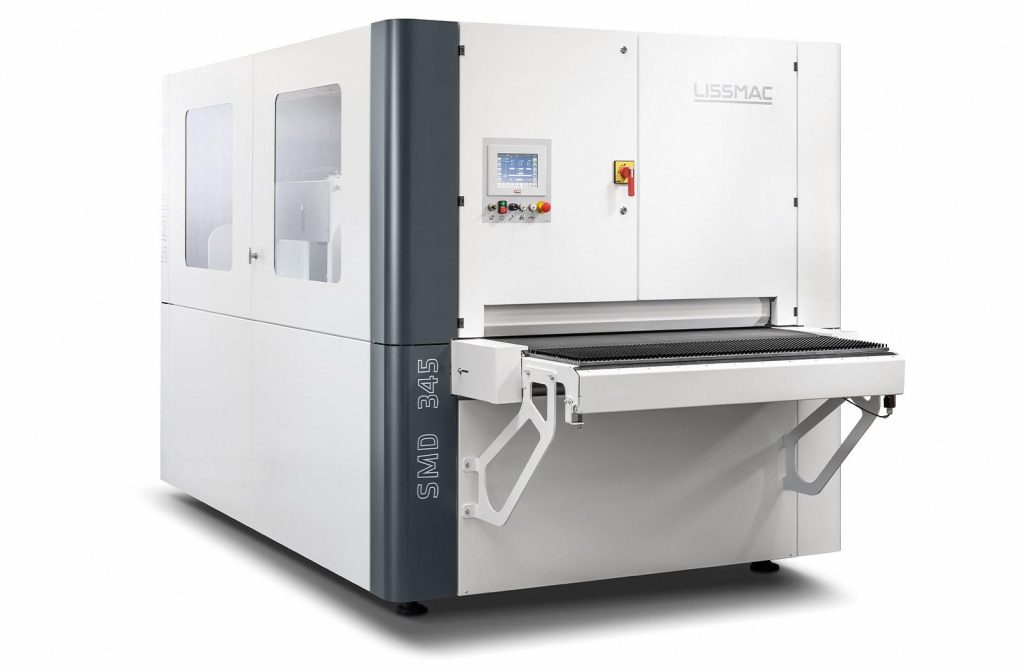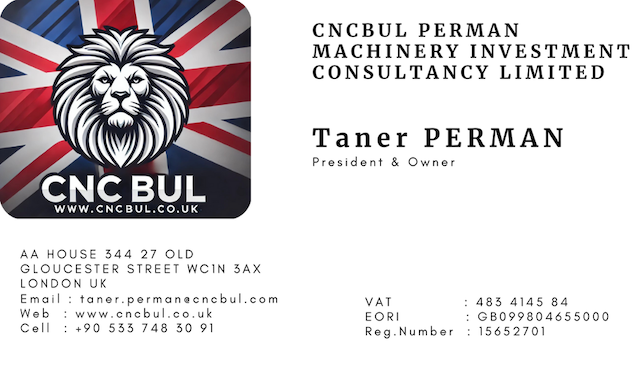Comprehensive Guide to Deburring and Edge Rounding in Industrial Metalworking
In the realm of industrial metalworking, achieving a smooth, precise, and high-quality finish is paramount. Deburring, edge rounding, and finishing are essential processes that ensure metal parts meet stringent industry standards. This article delves into the intricacies of these processes, exploring the tools, machinery, and techniques used to achieve optimal results.
The Importance of Deburring
Deburring is the process of removing burrs – small, rough protrusions that form on the edges of metal parts during manufacturing. These burrs can compromise the functionality, safety, and aesthetics of the final product. Thus, deburring is a crucial step in the manufacturing process.
Key Deburring Techniques
- Manual Deburring: This traditional method involves using hand tools to remove burrs. It is ideal for small-scale operations and precision work.
- Automated Deburring: Utilizing advanced machinery, automated deburring is efficient for large-scale production. It ensures uniformity and precision in removing burrs from metal parts.
Deburring Equipment and Tools
- Grinders: Essential for smoothing rough edges and achieving a polished finish. Heavy-duty industrial grinders are used for larger, more robust parts.
- Deburring Machines: Specialized machines designed to automate the deburring process, enhancing speed and consistency.
- Edge Rounding Tools: These tools round off sharp edges, improving safety and functionality.
Types of Deburring Machines
- Precision Deburring Machines: Designed for intricate and precise work, ensuring high-quality finishes.
- Heavy-Duty Deburring Systems: Used for large metal parts, providing robust deburring solutions.
- Automated Deburring Equipment: Enhances efficiency and consistency, ideal for high-volume production.
Deburring Materials
Different metals require specific deburring techniques and equipment. Common materials include:
- Steel: Often requires robust deburring solutions due to its hardness.
- Stainless Steel: Needs precision to maintain its aesthetic and corrosion-resistant properties.
- Aluminum: Softer than steel, requiring gentle deburring techniques.
- Copper: Requires careful handling to avoid damage during deburring.
The Deburring Process
- Initial Inspection: Identifying burrs and sharp edges that need removal.
- Deburring: Using appropriate tools and machinery to remove burrs.
- Edge Rounding: Smoothing and rounding edges for improved safety and functionality.
- Finishing: Achieving a smooth, polished surface through grinding and other finishing techniques.
Advantages of Automated Deburring
- Consistency: Ensures uniform removal of burrs across all parts.
- Efficiency: Reduces the time required for manual deburring.
- Precision: Enhances the quality of the final product with precise edge rounding and finishing.
Professional Deburring Services
For companies lacking in-house deburring capabilities, professional deburring services offer a viable solution. These services utilize advanced machinery and skilled technicians to deliver high-quality deburring for various metal parts.
Conclusion
Deburring, edge rounding, and finishing are indispensable processes in the manufacturing of metal parts. Utilizing the right tools, machinery, and techniques ensures the production of high-quality, safe, and functional metal products. Whether through manual methods or automated systems, achieving a smooth and precise finish is essential in today’s competitive industrial landscape.
By incorporating these techniques and investing in appropriate equipment, manufacturers can enhance their production quality and efficiency, meeting the rigorous demands of the metalworking industry.
For more information on deburring machinery and solutions, visit www.cncbul.com, your trusted portal for CNC machine tools and second-hand machines.


